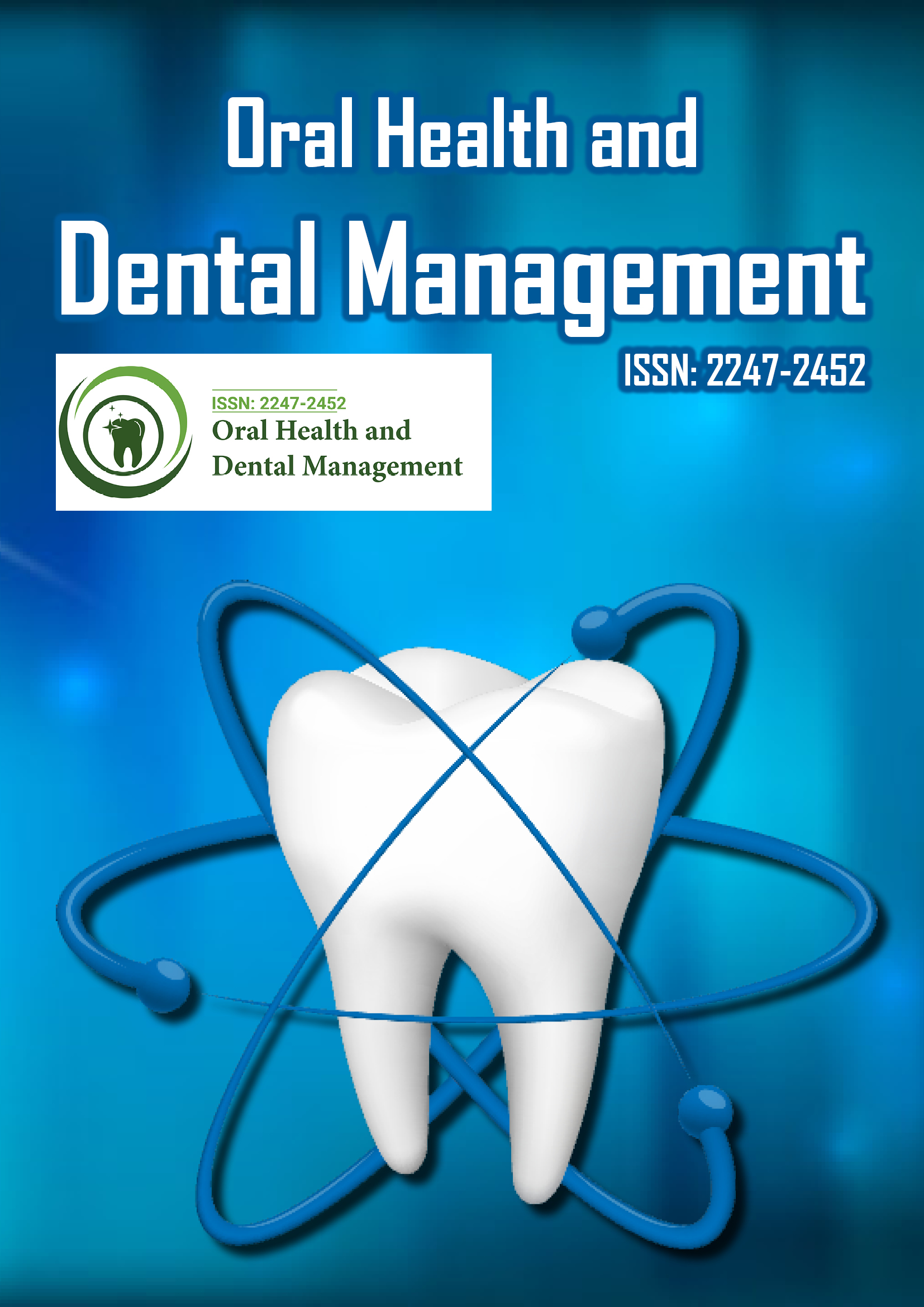Indexed In
- The Global Impact Factor (GIF)
- CiteFactor
- Electronic Journals Library
- RefSeek
- Hamdard University
- EBSCO A-Z
- Virtual Library of Biology (vifabio)
- International committee of medical journals editors (ICMJE)
- Google Scholar
Useful Links
Share This Page
Journal Flyer

Open Access Journals
- Agri and Aquaculture
- Biochemistry
- Bioinformatics & Systems Biology
- Business & Management
- Chemistry
- Clinical Sciences
- Engineering
- Food & Nutrition
- General Science
- Genetics & Molecular Biology
- Immunology & Microbiology
- Medical Sciences
- Neuroscience & Psychology
- Nursing & Health Care
- Pharmaceutical Sciences
Changing tides of forensic odontology: The use of post mortem computed tomography and dental/ orofacial morphological features in human identification
32nd Asia Pacific Dental and Oral Health Congress
July 23- 24, 2018 Sydney, Australia
Lyndall Smythe
Victorian Institute of Medicine, Australia
Posters & Accepted Abstracts: Oral Health Dent Manag
Abstract:
The process of identification of deceased individuals using orthodox forensic odontology techniques has commonly involved the comparison of plain film radiographs and more recently digital films. With the availability of wider imaging modalities that dentists utilize on their patients and the reduction in interventionist dentistry the focus of contemporary dental identification is shifting from iatrogenic dental identifiers to those that use morphological and pathological features. The introduction five years ago of full body computed tomography to routine post-mortem investigation within the Coronial jurisdiction in Victoria at the Victorian Institute of Forensic Medicine (VIFM) has provided forensic odontologists with an alternative instrument in which to examine, record and compare the dentition of deceased individuals without the need for invasive examination and radiography in the mortuary environment. This presentation introduces the post mortem computed tomography (PMCT) technology that is used in day to day human identification at the VIFM and provides case by case imagery to discuss the use of post-mortem dental and facial morphology in establishing identification. Author has also introduced some of the difficulties associated with this modality and current research that is underway to address these issues improving future capability.
